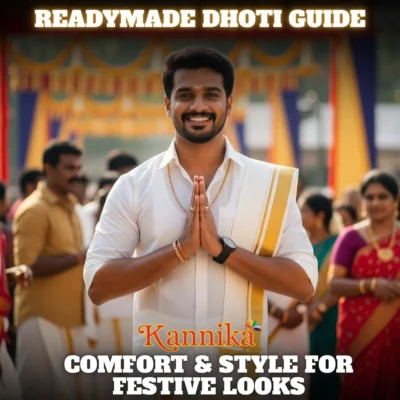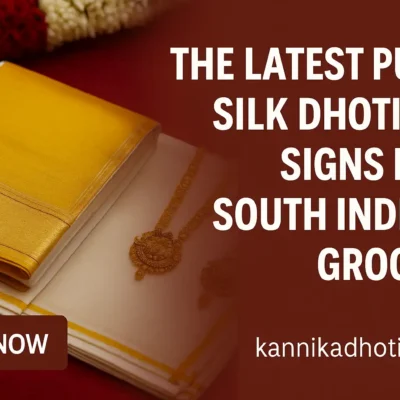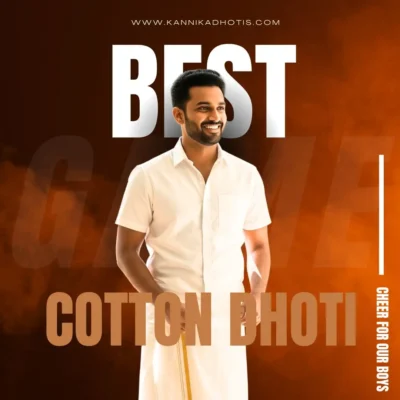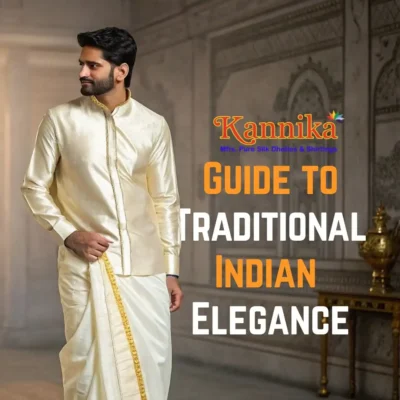Timeless Wedding Collections for Traditional Ceremonies
Wedding Collections for Traditional Ceremonies: A Cultural Style Guide
Traditional wedding ceremonies have cherished customs, heartfelt blessings and exquisite clothing. They carry a deeply touching quality. Weddings celebrate heritage, family, and new traditions that cross cultures. What better way to show this richness than through your wedding collection?
Choosing the right traditional group is both a joy and a responsibility. This is true for the bride, groom, or any proud family member.
In this guide, we will explore how different cultures dress for the event. We will also discuss how to dress appropriately. Lastly, we will cover what to think about when making your traditional wedding collection.
The Beauty of Cultural Diversity in Wedding Attire
Traditional weddings vary widely across regions, but one thing remains constant each culture tells a story through its attire. These outfits are not only visually striking, but they also carry generations of meaning, beliefs, and symbolism.
Some cultures dress like this on special occasions:
At Indian weddings brides usually don silk sarees or lehengas embellished with embroidery and zari. Grooms choose to wear kurta pajamas with dupattas, dhotis or sherwanis. Red, gold and maroon are colors that represent wealth and love.
At a Japanese Shinto wedding, the groom wears a montsuki kimono and hakama pants. The bride wears a traditional white shiromuku, which symbolizes purity.
At Nigerian weddings, the bride and groom dress in striking, vibrant textiles. The brides’ gele (head wrap) and the groom’s agbada make strong cultural statements.
Jewish Weddings,Traditional clothes like the kittel (worn by Ashkenazi grooms) and modest gowns for brides show the importance of the event.
These clothing choices are more than just aesthetics they are intimate expressions of identity.
Key Elements of a Traditional Wedding Collection
Choosing a traditional wedding wardrobe involves more than buying beautiful clothes. It involves selecting items that honor tradition while enabling coziness, functionality, and individuality.
Typically, a full wedding collection consists of:
- The most elaborate and central piece of clothing for the wedding ceremonies is the main ceremony outfit.
- Reception attire is frequently a glamorous or updated take on traditional attire
- Mehendi, haldi, sangeet and rehearsal dinner outfits are examples of pre-wedding attire.
- Accessories include headdresses, jewelry, shoes, and cultural emblems (such as waistbands, veils, and turbans).
- A lighter change of clothes for dancing or last-minute adjustments is a backup necessity.
- Pro tip: To guarantee color coherence, fabric coordination and cultural significance, plan your entire collection in advance.
Useful Tips for Choosing Traditional Wedding Dresses
Choosing a wedding dress can be tough. You need to balance tradition, comfort, and style.
This can make planning your wedding feel overwhelming. The good news? A little planning goes a long way.
Essential accessories include:
- Jewelry: Mangalsutra, nose rings, bangles, waist belts, or anklets—each with spiritual and familial meanings.
- Headpieces: Tiaras, maang tikkas, turbans, or hats represent cultural values and marital status.
- Footwear: Embroidered sandals, mojaris or juttis offer style and utility.
- Textiles: Veils, stoles, and dupattas lend elegance and cultural nuance.
Each accessory becomes a treasured part of your wedding tale when you carefully choose it.
Heritage and Personal Style in Balance
Any traditional wedding collection revolves around striking a balance between celebrating individuality and respecting traditions. Incorporating contemporary tastes without sacrificing cultural significance is entirely possible.
Contemporary approaches to modernizing tradition:
- Instead of using traditional reds or whites, try using non traditional hues like ivory, blush, or navy.
- Try different cuts, such as Indo western jackets or peplum blouses.
- Incorporate sustainable fashion handloom silks, organic cotton, or vintage textiles.
- Blend cultures in interfaith weddings by merging elements from both traditions.
What matters most is that you feel confident, respected, and seen.
Final Reflections
A traditional wedding collection is a living, wearable story woven from threads of culture, family, and personal vision. Whether you are stepping into a saree, kimono, or agbada, you are also stepping into a legacy.
Choose clothing that speaks to your heart and your roots as you get ready for your special day. Wear your future with pride, embrace the present, and honor the past.
Learnmore: 5 Fascinating Details about Veshtis That Will Surprise You







